The historic building challenging Spain’s civil war amnesia
Residents of a decrepit, shrapnel-scarred Madrid building photographed by Robert Capa share their stories.
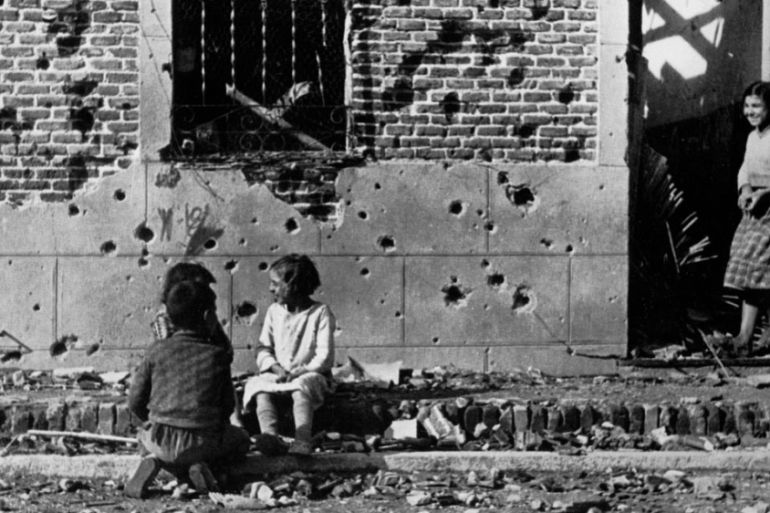
Madrid, Spain – It is only by chance that a small bungalow in Madrid bearing the scars of Nazi shelling still survives.
And it is only by pure coincidence that, just a decade ago, this fact came to light when photographer and archeologist Jose Latova stumbled across a photograph taken by the Hungarian war photographer Robert Capa.
Keep reading
list of 4 itemsMexico’s teachers seek relief from pandemic-era spike in school robberies
‘A bad chapter’: Tracing the origins of Ecuador’s rise in gang violence
Why is the US economy so resilient?
The photograph showed the bombed-out building at Calle Peironcely 10, a dilapidated set of interconnecting bungalows in the southern Madrid neighbourhood of Vallecas.
It was in the winter of 1936, during the Spanish Civil War, that bombers sent by Hitler to help Francisco Franco overthrow Spain’s republican government – and to practice the tactics the Nazis would later use during World War II – pummelled the building.
Remarkably, it was not completely destroyed – something its latter-day residents have come to see as both a blessing and a curse.
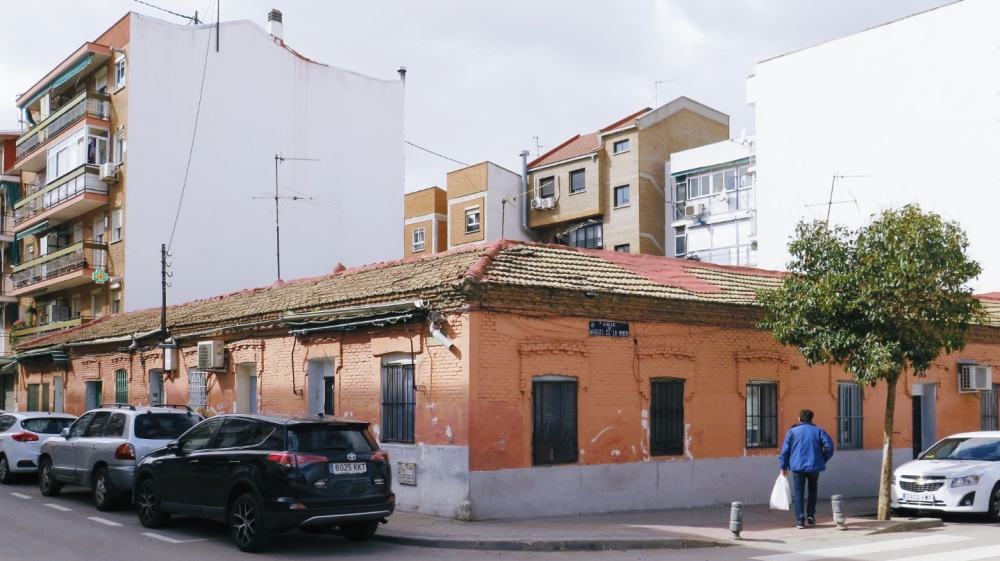
The residents of No 10
Today, 14 families live 21st-century lives within the building’s crumbling, damp walls.
But the realisation of their home’s historical significance has brought them the most unlikely stroke of luck; it means they will soon be relocated to better housing.
Loubna El Mannani, a single mother who migrated from Morocco 16 years ago, is one resident of the little shrapnel-scarred bungalow.
“If I went to Morocco and told people that I was living in a house like this, everyone would think I was lying,” she says.
“Because, normally, people from my country pay money to be trafficked here, they think they’re coming to heaven. And look at the situation I’m in.”
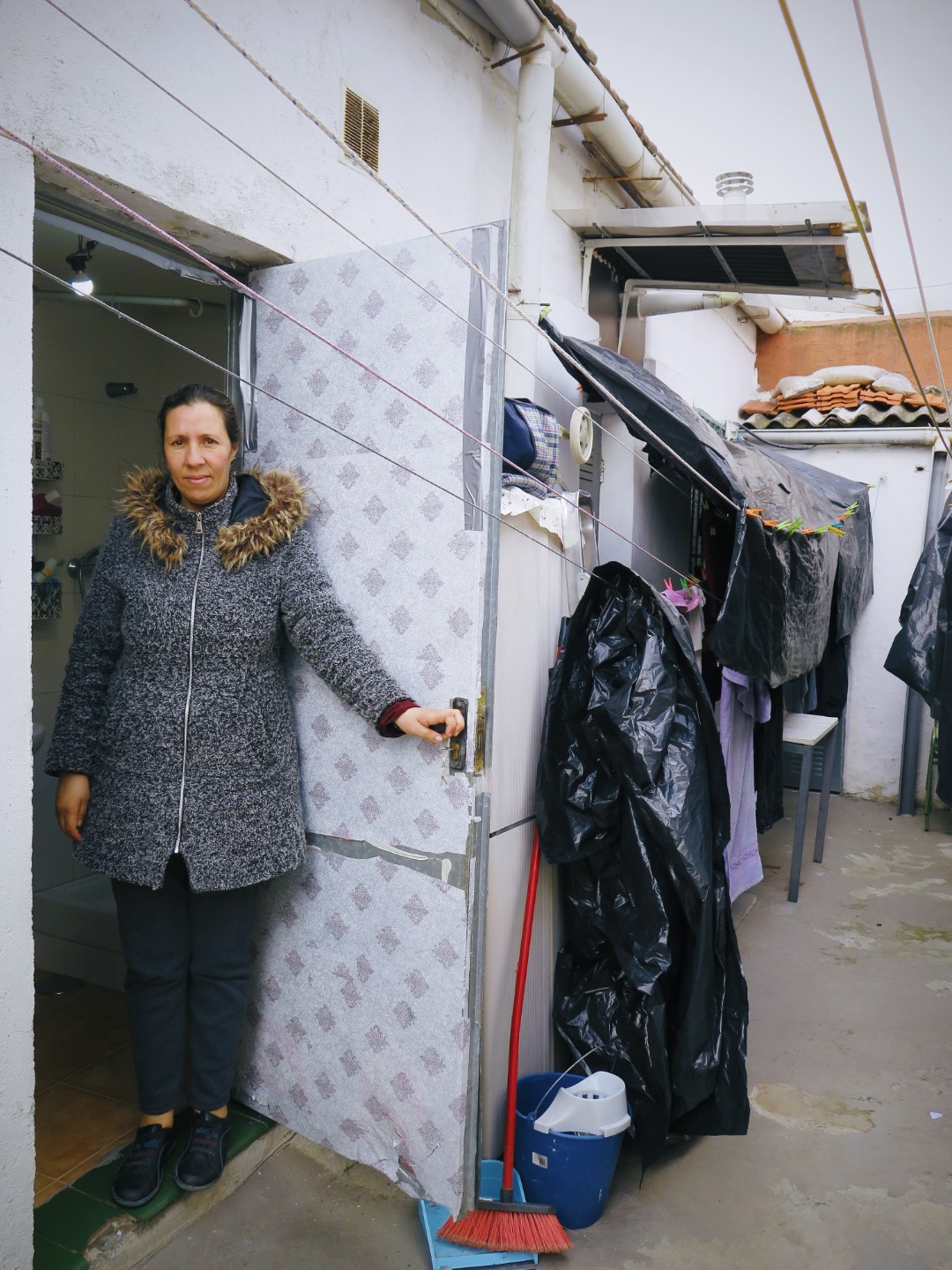
El Mannani is raising her children, aged eight, six and four, in a 24 square-metre (79 square-foot) apartment.
“I use this old piece of wood for blocking the gap under my bathroom door to stop the rats coming in at night,” she explains. “The reality is, I feel like I’m living in a slum or even a third-world country at times.”
The family share a bunk bed. She and her youngest child huddle together on the bottom bunk while the two oldest sleep top-to-toe above.
“My eldest doesn’t understand why I choose for them to live here, especially when we visit my mother in Morocco and see her four-storey house. But despite where we live, they have better chances of receiving a good education here.”
Like El Mannani, her neighbour Ana Milena Roman receives help from the government to pay her rent.
The residents say they pay 350 euros ($380) in rent; Luis Barrena, the owner of Calle Peironcely 10 and various other buildings in Madrid, says the rent is 300 euros ($330). With unprecedented rent increases across Madrid, it is almost impossible to find anything else at this price within the city.
In addition, real estate agencies ask a commission, typically amounting to just over one month’s rent – something that is unaffordable for these tenants.
“I’ve tried many times to speak to the owner of this place about repairs, but it’s impossible because he only wants to receive our rent, and still doesn’t repair the house,” explains Roman, a 52-year-old Colombian beautician.
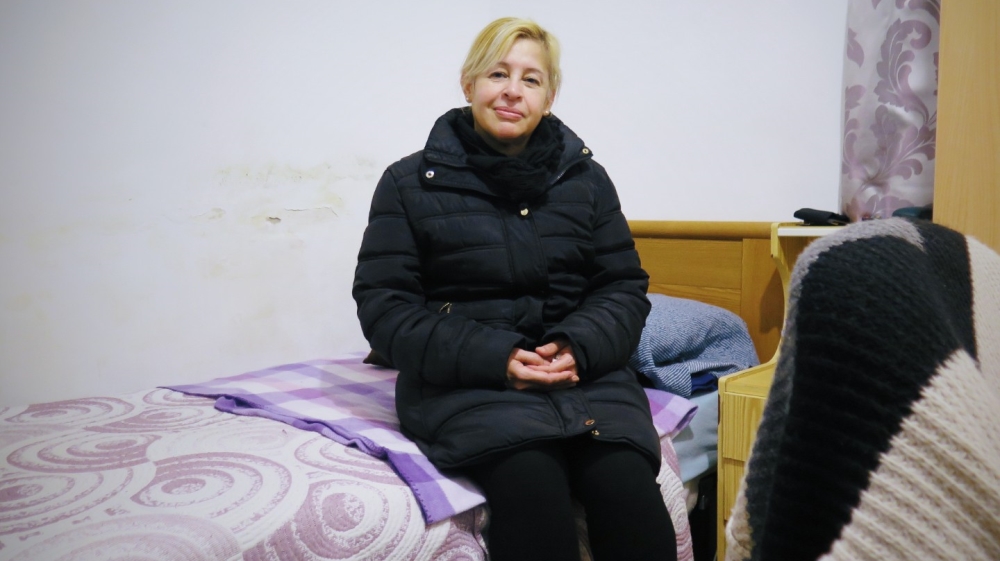
Her bathroom ceiling is black and blistering with mould, and the damp has aggravated her arthritis to such an extent that she has had to postpone beginning her degree in social work.
Barrena agrees that the residents’ dissatisfaction with the condition of their homes is fair. But, he adds, “you have to see everything together,” arguing that the tenants pay a low rent.
The residents were always aware that their stay there would be temporary, he adds. “The reason why we did not invest more in improving this property is because we were planning to do a new project,” Barrena explains.
Surrounded by books and study notes, Roman zips up her coat and speaks with optimism.
“The project to turn my house into a museum has helped a lot, because the government is finally listening to us,” she says.
Relocation delayed
When Latova discovered the photo by Robert Capa, he and Jose Maria Uria – from the trade union-linked Fundacion Anastasio de Gracia, which is coordinating the conservation efforts – embarked on a complex mission: To save Peironcely 10.
It would mean relocating its tenants, stopping its demolition and securing listed status. But soon after the project was launched, the owners plastered over the shrapnel marks, some suspect in an attempt to undermine the significance of the building.
“The Health Department of the Madrid City Council forced us to cover all cracks due to complaints made by neighbours, and the operators that we sent for this purpose seem to have covered some of the shrapnel marks,” Barrena explains.
He adds that the workers sent to cover the cracks “did not know that those marks were made by machine guns and in no case did it intentionally.”
Fortunately for the tenants of No 10, and the project to save it, Madrid City Council is now buying the property and converting it into a museum about the Spanish Civil War – the first of its kind.
The news was warmly welcomed by residents as it means the council will relocate them.
Barrena says he is also happy with the situation.
But as Roman sits on her bed, pushed up against a wall blackened with mould, news of a coronavirus outbreak circulates around Madrid. Shortly after this interview, Roman tests positive for COVID-19.
The city council’s housing department has all but shut down, with even a moratorium on evictions. Roman, El Mannani and all 14 families of the little war-torn house are now quarantined inside their damp, cold, cockroach and rat-infested homes for weeks to come.
But, in this neighbourhood, self-isolating is not an option for all.
Puente de Vallecas has recently recorded the highest number of COVID-19 cases in Madrid, according to figures published by the regional government. This may be rooted in factors related to housing density, health and age, but the disease also appears to be concentrated in areas where employees cannot perform their role remotely – such as caring, refuse collection, delivery and cleaning services and, in some cases, construction work.
‘Part of Spain’s history’
Juan Nolasco Grillo, a retired construction worker from Badajoz, a city in southwest Spain, is another resident of No 10.
“I worked on the skyscrapers on the opposite side of the city,” Grillo recounts, with a hint of irony, “and now I live here.”
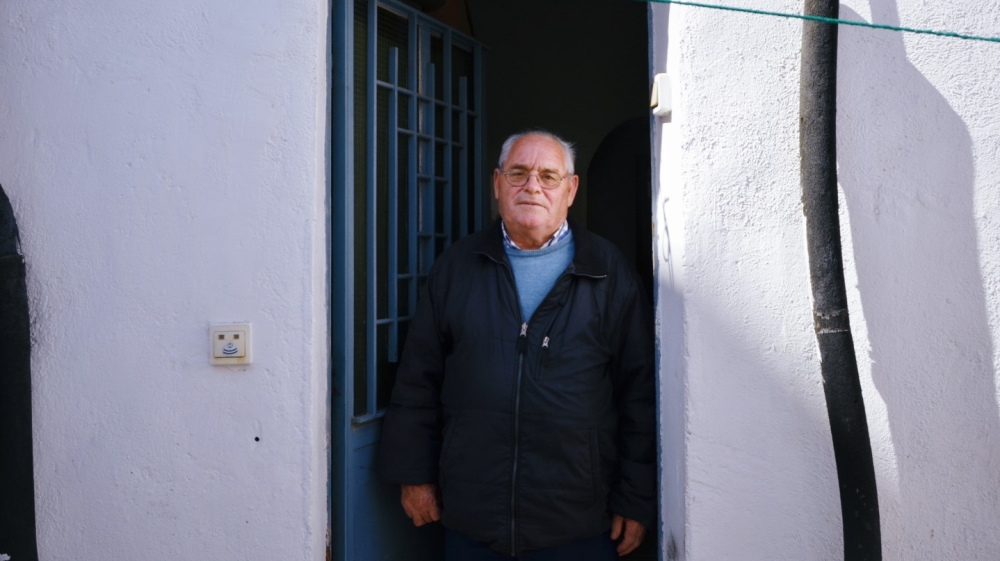
Grillo’s front door is next to an old well – a luxury in the past.
“The well is beautiful, but it brings damp into my house,” Grillo explains, unlocking his front door as he clutches a fresh baguette under his arm.
Walking around his small home, he points to rising damp like an estate agent going through the motions, fully aware that he has already lost the sale.
Grillo, like his neighbours, is currently quarantined in his cramped home for the duration of Spain’s state of emergency.
Mihaela Victorita, from Romania, and her Bolivian partner, a construction worker, moved into No 10 five years ago before Victorita fell pregnant with their first child.
“My son is always asking me, ‘Mama, when are we going to move and have more space?’ The council is telling us we’ll move in June, but we’ve been waiting for years already and I’ve stopped believing anything they’re saying. It really gets me down.”
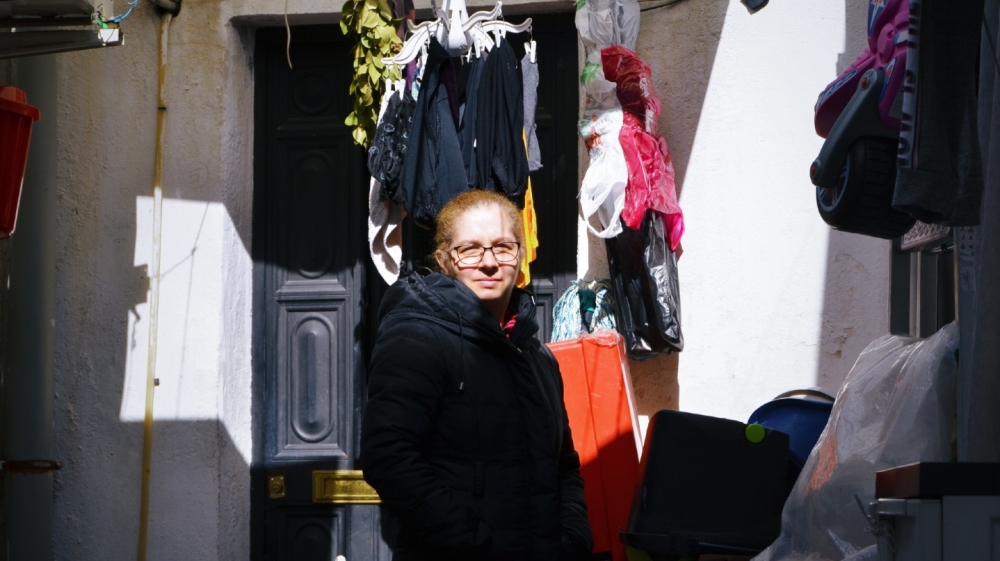
Despite the substandard conditions in which Victorita and her family are forced to live, she smiles and says: “To be honest, it’s an honour to be part of Spain’s history.”
Spain is still struggling to come to terms with its darkest period in living memory – the civil war from 1936 to 1939 and the decades of dictatorship that followed.
After the death of Franco, the dictator who ruled over Spain from 1939 until his death in 1975, collective amnesia known as the “pact of silence” was put in place.
It was believed by many at the time to be the only way in which Spain could move forward, but it has left an unsettling lack of monuments or memorial sites to the victims of the war and its aftermath.
As Spain continues to unravel the events of the civil war, the expropriation of Peironcely 10 and its conversion into a museum are one step towards redressing the country’s wartime scars – perhaps helping them to finally heal.